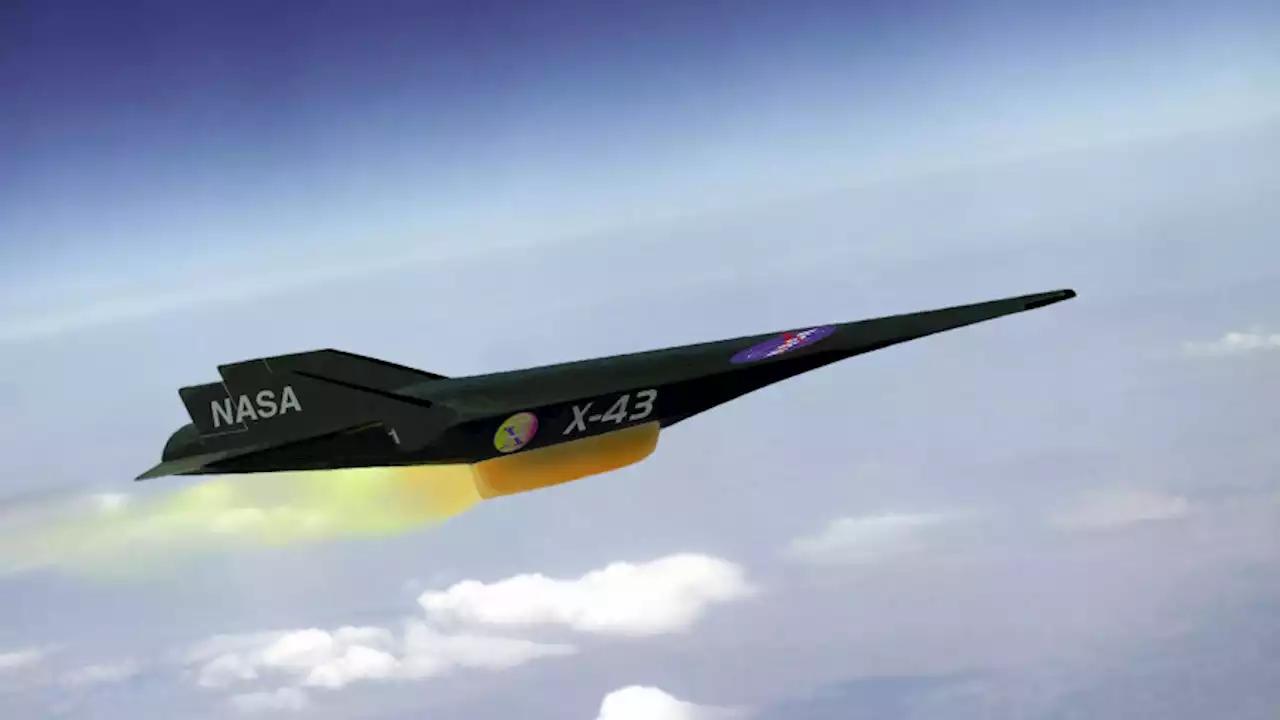How far are we from seeing commercially viable hypersonic airliners?
One-hour flights anywhere may be some way off yet, but artificial intelligence could play a massive part in speeding up the development of hypersonic airliners.
U.S.
"Because the chemistry and turbulence interactions are so complex in these engines, scientists have needed to develop advanced combustion models andcodes to accurately and efficiently describe the combustion physics," said Sibendu Som, a co-author of Argonne's study.Argonne said it successfully applied its own CDF to NASA's CDF, called VULCAN-CDF, and that it has shown promising results.
All of this will help NASA better understand the effects of Mach 5 and above on aircraft, allowing it to continue to pursue the development of experimental hypersonic aircraft. We may have to wait a long while to see the benefits of hypersonic flight in any kind of commercial capacity, but Argonne believes its system will help greatly speed up NASA's pursuit of reaching commercially viable hypersonic speeds.
